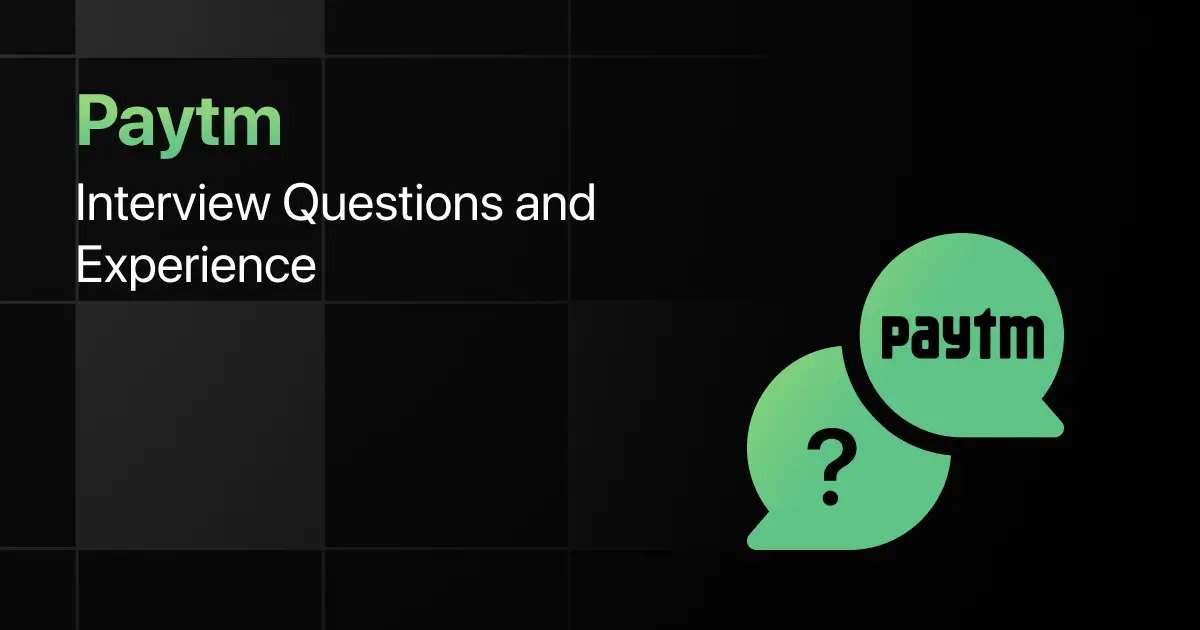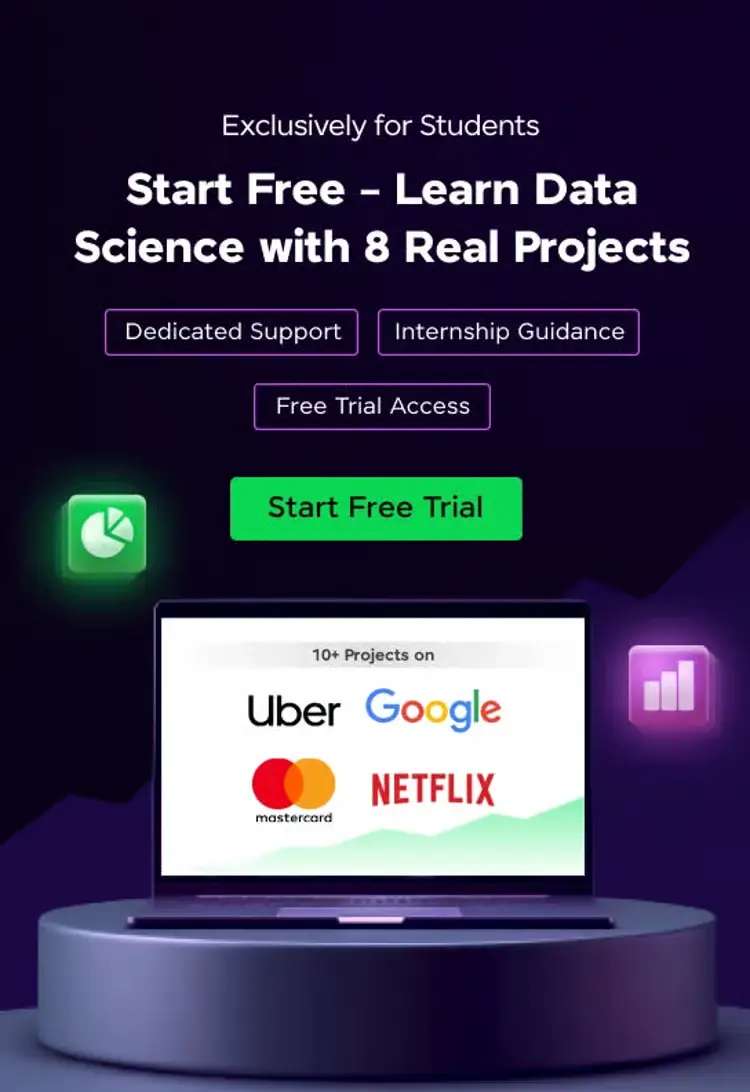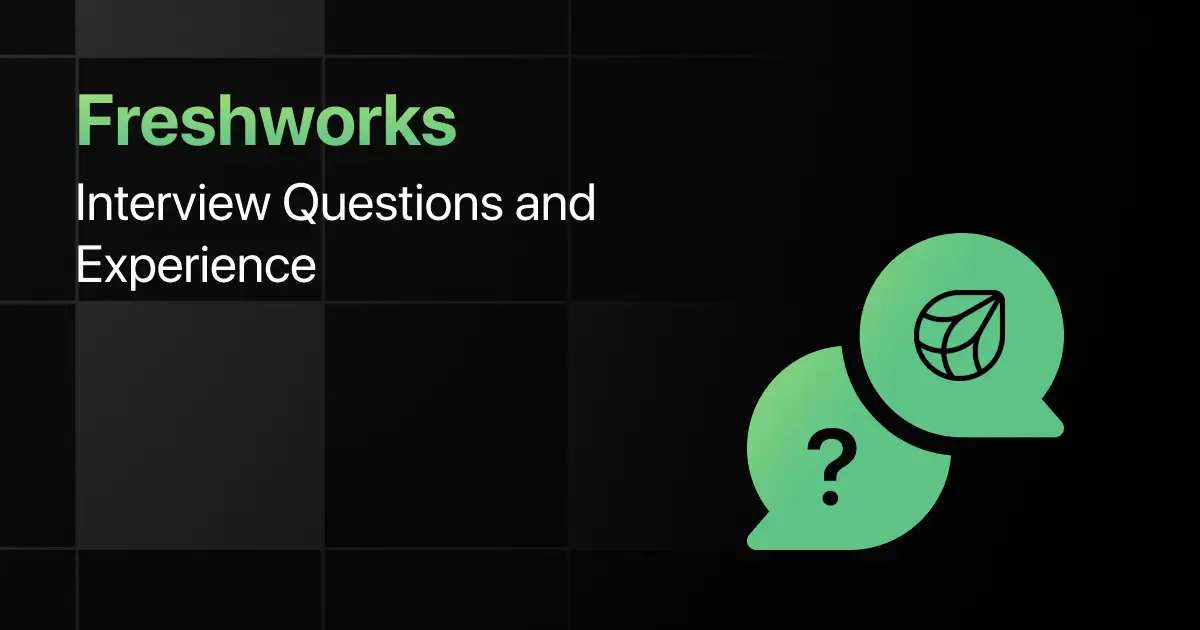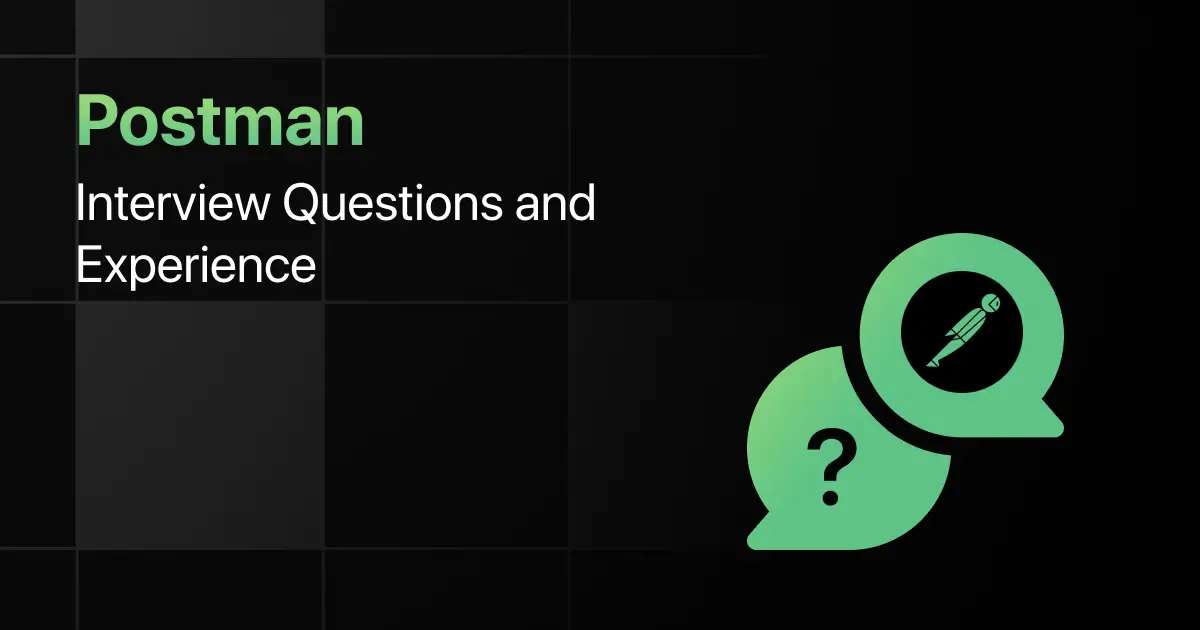Microsoft Interview Questions and Experience

Have you ever wondered how tough it is to crack a Microsoft interview?
Many candidates find the process challenging because of its depth and variety. From coding questions to behavioral discussions, Microsoft evaluates both technical expertise and problem-solving skills.
In this blog, we’ll explore common Microsoft interview questions, the hiring process, and real experiences to help you prepare better.
Microsoft Hiring Process – Overview
Here’s a quick overview of Microsoft’s hiring process:
| Category | Details |
|---|---|
| Eligibility | Open to freshers and experienced candidates. Preferred degrees include Computer Science, IT, Electronics, or related fields. |
| Rounds | 4–6 rounds: Online assessment, 2–3 technical interviews, system design (for experienced), and HR/behavioral round. |
| Job Roles Offered | Software Engineer, Program Manager, Data Scientist, Support Engineer, and Intern roles. |
| Salary Range | Freshers: ₹12–15 LPA; Experienced: ₹20–40 LPA depending on role and level (Glassdoor, AmbitionBox). |
| Apply Link | Apply Now |
Top Microsoft Interview Questions
Microsoft interviews focus on core computer science fundamentals, coding efficiency, system design, and problem-solving. Below are some of the most common technical questions asked to candidates.
1. Technical Questions
- What is the difference between an abstract class and an interface in C#?
An abstract class can provide both definitions and implementations, while an interface only provides method signatures. - How would you reverse a linked list in place?
By iterating through nodes and changing next pointers, using constant space and O(n) time complexity. - Explain garbage collection in .NET.
Garbage collection automatically manages memory by reclaiming objects no longer in use, preventing memory leaks. - How do you detect a cycle in a directed graph?
Use depth-first search with a recursion stack or Kahn’s algorithm for topological sorting. - What is the difference between managed and unmanaged code?
Managed code runs under the .NET CLR, while unmanaged code runs directly on the OS without CLR support. - How would you implement a LRU cache?
By combining a doubly linked list with a hash map to achieve O(1) insertion and retrieval. - What are delegates in C#?
Delegates are type-safe function pointers used for event handling and callback methods. - How do you handle database deadlocks?
By using transaction isolation levels, deadlock detection, retry logic, or breaking long transactions into smaller ones. - What is multithreading and how is it handled in C#?
Multithreading enables concurrent execution using Thread, Task, and async/await patterns in C#. - How would you design a URL shortener like bit.ly?
Use hash functions or base62 encoding, database sharding for scalability, and caching for fast retrieval. - Explain dependency injection in .NET Core.
Dependency injection provides loose coupling by supplying required dependencies at runtime rather than hardcoding them. - What is the difference between value type and reference type in C#?
Value types store data directly in memory, while reference types store memory addresses pointing to data. - How would you test the performance of a REST API?
Use load testing tools like JMeter or Apache Bench, monitor latency, throughput, and error rates under stress. - What are design patterns you commonly use?
Examples include Singleton for global state, Factory for object creation, and Observer for event-driven programming. - How do you optimize SQL queries in a large-scale database?
By creating indexes, analyzing execution plans, normalizing tables, and reducing unnecessary joins.
2. Role-Based Questions
Fresher / Intern Roles
- What is the difference between stack and queue?
Stack follows LIFO, while queue follows FIFO for element access. - How would you check if a string is a palindrome in C#?
By comparing characters from both ends moving inward, or by reversing the string and checking equality. - What are the pillars of Object-Oriented Programming?
Encapsulation, Abstraction, Inheritance, and Polymorphism.
Software Engineer / Developer Roles
- How do you implement dependency injection in ASP.NET Core?
By registering services in Startup.cs with AddTransient, AddScoped, or AddSingleton methods. - What is the difference between SQL Server and Azure SQL Database?
SQL Server is an on-premise solution, while Azure SQL is a managed cloud service with built-in scaling and security. - How do you debug a memory leak in a .NET application?
By using tools like Visual Studio Profiler or dotMemory to analyze heap allocations and uncollected objects. - How would you handle real-time data streaming in Azure?
By using Azure Event Hubs, Stream Analytics, and Azure Functions for ingestion, processing, and storage. - What is the difference between Azure Functions and Azure Logic Apps?
Azure Functions focus on serverless code execution, while Logic Apps focus on workflow automation with minimal coding.
Data / Business Analyst Roles
- How would you optimize a slow-running SQL query?
Check indexes, reduce nested queries, and review query execution plans for bottlenecks. - What is the difference between OLTP and OLAP systems?
OLTP handles day-to-day transactions, while OLAP is used for analytical processing and reporting. - How would you validate data quality in a reporting system?
By using constraints, profiling tools, and reconciliation against source data.
Program / Project Manager Roles
- How do you prioritize conflicting tasks across multiple teams?
By assessing impact, urgency, dependencies, and aligning decisions with business goals. - How do you apply Agile methodology in managing projects?
By using sprints, backlog grooming, daily stand-ups, and iterative delivery of features. - What metrics would you track in a large software project?
Velocity, defect density, cycle time, customer satisfaction, and system uptime. - How do you handle disagreements between developers on a technical approach?
Encourage open discussion, evaluate trade-offs, and make data-driven decisions while maintaining team cohesion.
3. Behavioral Questions
- Tell me about a time you had to resolve a conflict in your team.
Discuss how you listened to both sides, mediated effectively, and ensured the project continued smoothly. - How do you handle working under tight deadlines?
Share examples where you prioritized tasks, stayed organized, and communicated clearly to deliver results on time. - Describe a situation where you took ownership of a project.
Explain how you identified gaps, proposed solutions, and led execution while keeping stakeholders informed. - Give an example of when you received critical feedback. How did you handle it?
Show that you accepted the feedback positively, applied improvements, and demonstrated growth in your next task. - How do you ensure effective collaboration in a cross-functional team?
Mention practices like open communication, regular updates, shared goals, and respecting diverse perspectives. - Tell me about a time when a project did not go as planned. What did you do?
Highlight how you identified issues early, adapted the approach, and minimized impact while keeping stakeholders aligned. - How do you stay aligned with Microsoft’s values of innovation and inclusion?
Describe how you foster creativity, support diverse perspectives, and ensure your work has a positive impact. - Why do you want to work at Microsoft, and how do you see yourself contributing?
Focus on Microsoft’s culture of innovation, opportunities for growth, and how your skills align with their mission.
Microsoft Interview Experiences
1. Software Engineering Intern Interview Experience (Fresher)
This interview experience is from Bhanu Sri, who interviewed for a Software Engineering Intern role with Microsoft through an off-campus drive. The process spanned two main stages over several weeks.
Candidate Background
Fresher from a tier-3 engineering college, passionate about software development. Applied via Microsoft Careers after finding the off-campus internship opening on LinkedIn.
Interview Process They Faced
- Written Test: 2-hour online assessment with 4 DSA problems (graphs, DP, arrays). Solved 3 fully, 4th partially.
- Round 1 (Technical Interview): Included self-introduction, project discussion, and coding problems. Asked to implement queue operations using arrays, linked list, and circular linked list.
Questions Asked
- Self-introduction, favorite subject, project explanation.
- Queue implementation (array, linked list, circular linked list).
- Follow-up: difference between arrays and linked lists.
- Edge case handling and reasoning for conditions.
Outcome & Difficulty Level
Despite performing well in the written and technical round, final status showed “Not Selected”. Difficulty level: Moderate, with strong focus on DSA and project explanation.
2. Software Development Engineer role Interview Experience (Experienced)
This interview experience is from Srinidhi Reddy Chintala, who interviewed for a Software Development Engineer role with Microsoft after gaining 2.6 years of experience at Sandvine Technologies. The process included five detailed rounds.
Candidate Background
Experienced software engineer with a B.Tech in CSE from Institute of Aeronautical Engineering, Hyderabad. Worked with C/C++, Python, Bash, and YANG, with hands-on project experience in networking systems.
Interview Process They Faced
- Round 1 (Online Coding): Codility test with easy-to-medium coding challenges.
- Round 2 (Technical Interview): Coding problems on linked lists and arrays.
- Round 3 (Low-Level Design): Implementing a logging framework with dynamic log levels and appenders.
- Round 4 (High-Level Design): Designing the classic Snake game.
- Round 5 (Hiring Manager): Mix of coding, resume-based project discussions, and behavioral questions.
Questions Asked
- Reverse a linked list in groups of K nodes.
- Find the majority element (appearing more than n/2 times).
- Implement a logging framework (support levels, appenders, dynamic changes).
- Design Snake game (system design).
- Word chaining problem: last three characters of a word must match first three of the next.
- Resume-based project deep dive + HR questions.
Outcome & Difficulty Level
Successfully cleared all rounds and was offered the Microsoft SDE role. Difficulty level: Moderate to Hard, with balanced focus on coding, design, and behavioral skills.
Preparation Tips for Microsoft Interviews
Preparing for Microsoft interviews requires a strong grasp of technical skills along with clear communication and problem-solving ability. Keep these points in mind while practicing.
- Master Fundamentals: Revise data structures, algorithms, OOPs, and databases. Strong basics will help in both coding and design rounds.
- Practice Coding: Solve problems on platforms like LeetCode or HackerRank. Focus on optimizing time and space complexity.
- Understand System Design: For experienced roles, review scalability, load balancing, caching, and cloud architecture concepts, especially with Azure.
- Review .NET and C#: Be comfortable with C#, .NET Core, and related Microsoft technologies, since many technical rounds are domain-specific.
- Behavioral Preparation: Use the STAR method (Situation, Task, Action, Result) to structure responses for leadership and collaboration questions.
- Mock Interviews: Simulate real interviews with peers or tools. Practicing under timed conditions helps manage pressure.
Final Words
Microsoft interviews test both technical knowledge and problem-solving approach while also evaluating cultural fit.
By strengthening your fundamentals, practicing coding problems, and preparing for behavioral questions, you can approach the process with confidence.
Consistency in preparation and clarity in communication play a big role in succeeding at Microsoft.
Explore More for
- Amazon
- Salesforce
- Oracle
- IBM
- Adobe
- Flipkart
- Apple
- Uber
- Meesho
- Zomato
- Swiggy
- Phonepe
- Zoho
- Postman
- Freshworks
- Paytm
- Darwinbox
FAQs
Common Microsoft interview questions cover data structures, algorithms, system design, C#, .NET, Azure, and behavioral scenarios.
Microsoft interview questions for freshers can be challenging, but strong fundamentals and coding practice make them manageable.
The Microsoft interview process usually takes 3–6 weeks, depending on role, location, and the number of interview rounds.
Candidates should focus on algorithms, data structures, C#, .NET, cloud concepts, and system design fundamentals for Microsoft interviews.
Common mistakes include weak coding explanations, ignoring edge cases, poor communication, and under-preparing for behavioral questions.
The Microsoft interview process typically has 4–6 rounds, including coding, system design, and behavioral interviews.
Yes, freshers are tested more on coding and problem-solving, while experienced candidates face design, architecture, and leadership questions.
The best way to prepare is by practicing coding, revising concepts, and using resources on PlacementPreparation.io for guidance.
Related Posts


Paytm Interview Questions and Experience
Preparing for a Paytm interview requires a clear understanding of the company’s hiring process, the type of questions asked, and …
Warning: Undefined variable $post_id in /var/www/wordpress/wp-content/themes/placementpreparation/template-parts/popup-zenlite.php on line 1050








